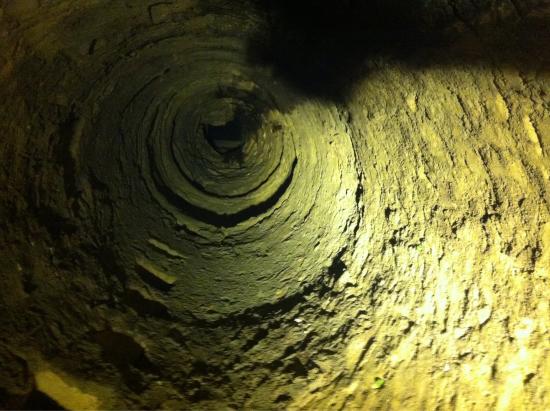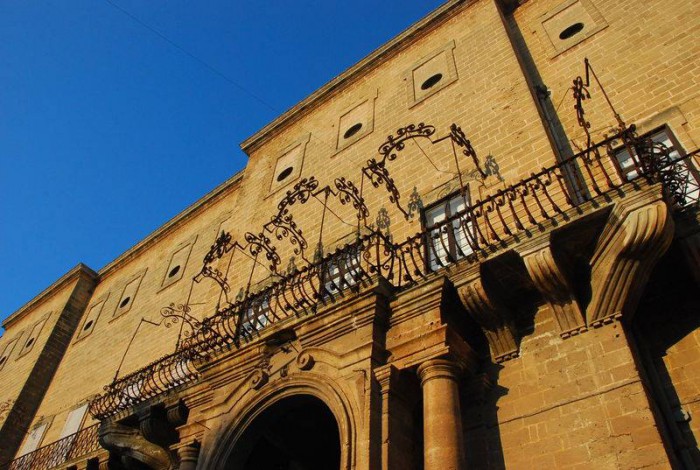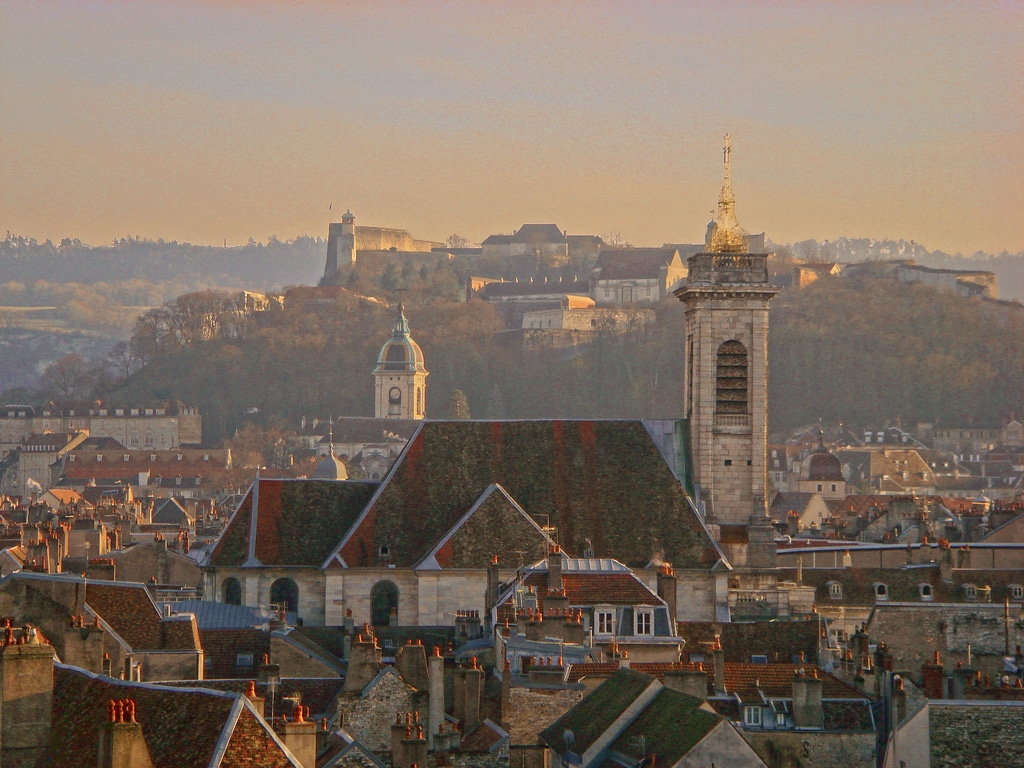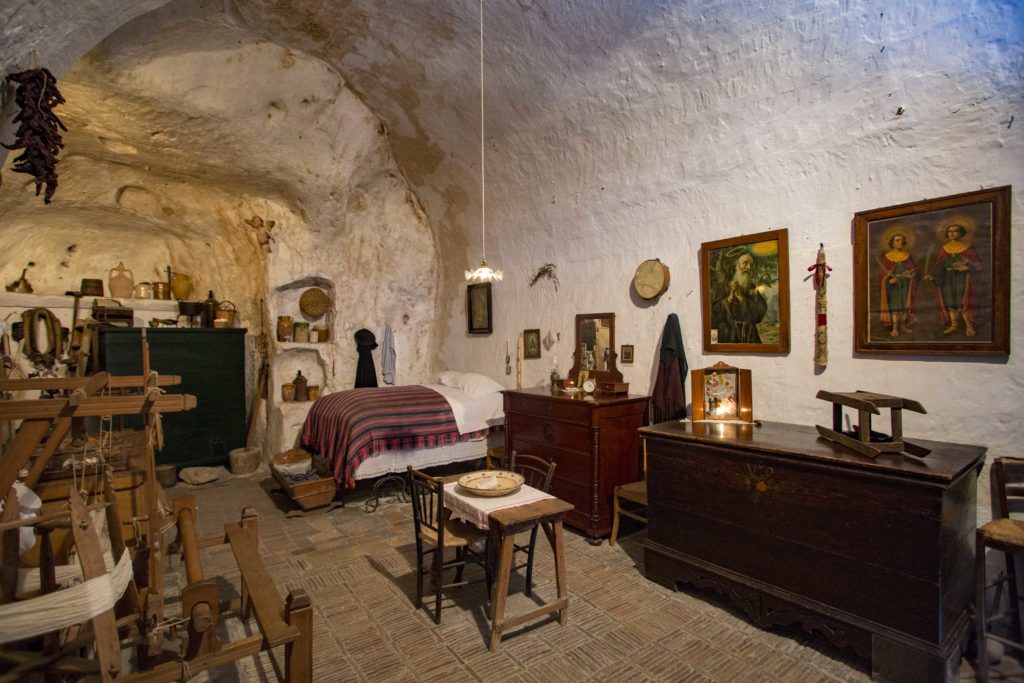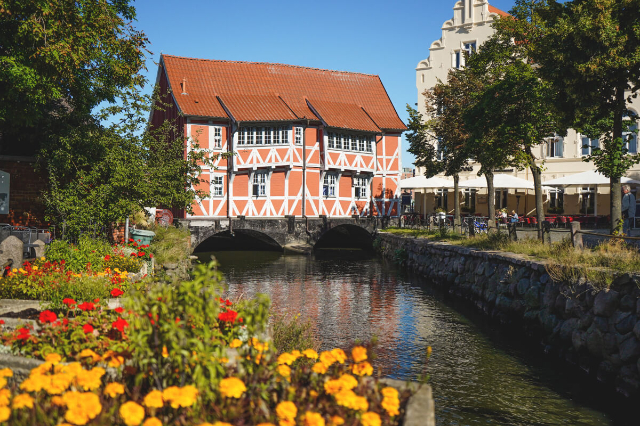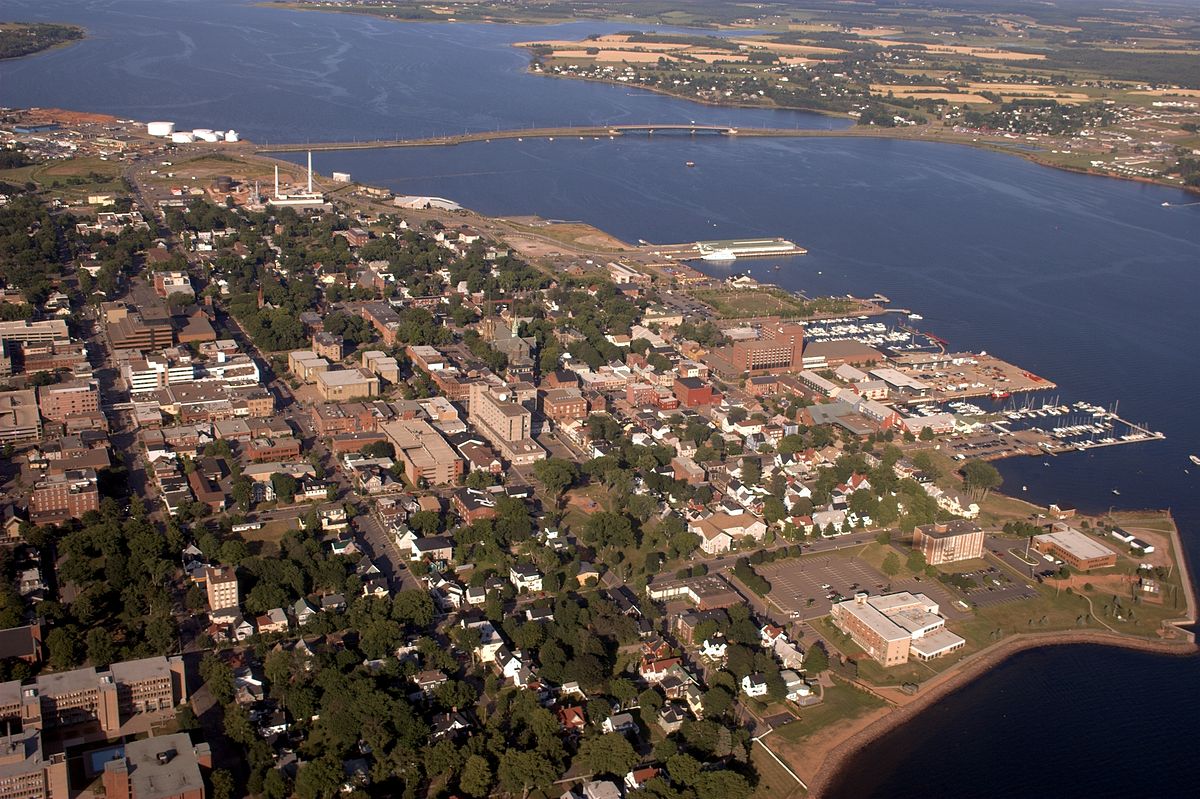The underground of the city of Osimo is crisscrossed by a dense network of tunnels and underground environments excavated at several levels, making it a place of mysteries. There was the oldest Templar settlement there from 1167 to 1317.
The Caves are an underground city to be discovered slowly, a precious treasure chest guarding bas-reliefs of a religious and even esoteric nature. Underground Osimo is a labyrinth steeped in ancient alchemical symbolism, much of which can be attributed to the presence of the Knights of Malta and Templar Order, who held their initiations here. In addition, these labyrinths are also populated by carvings, fantastic monsters and statues of pagan deities such as Mithras and Dionysus. To date, as many as eighty-eight caves and niches have been surveyed, stretching for as much as 9,000 meters, on different levels and floors, connected by shafts: an endless maze of tunnels dug by hand in the sandstone.
The Cantinone Caves wind for a stretch of about 300 m below the Covered Market and the Sanctuary of St. Joseph of Cupertino.
As soon as one descends, one is struck to see on the crumbly sandstone walls the signs of man’s work. The rudimentary excavation tools used suggest that the tunnels were widened in medieval times, but their origin could be much older and go all the way back to the Romans and Picenes, as the ancient wells with pedaroles suggest.
At the crossroads you may be a bit disoriented, but remember that at one time the main purpose was precisely to deter and disperse possible intruders and enemies. You can rest assured: the guidebook at this point will show you a little ploy not to take a wrong turn.
The bas-reliefs and figures that can be seen in the Cantinone Cave are purely religious in nature and express a ritual use of worship.
Dante Square Caves
Descending into the old cellars of the elegant Palazzo Fregonara-Gallo, behind the dusty barrels, it is possible to cross the threshold of a truly evocative underground world: these are the Piazza Dante Caves.
Arranged on two levels of depth, 10, 5 meters from the square from which they take their name, these caves appear to be of more recent workmanship than those of the Cantinone, but they will surprise you by the presence of enigmatic high-reliefs and esoteric character symbologies, which can be framed between the late 18th and early 19th centuries. In the buildings above overlooking the square, people historically associated with Carboneria and affiliated with Masonic lodges, such as Count Cesare Gallo, lived. Above ground we also find Palazzo Campana, home to an important boys’ college founded in the early 18th century that was certainly a vehicle for Enlightenment thought in the city. It is therefore not difficult to imagine these noble and learned gentlemen descending from their respective lodgings to meet in the underground circular hall and perform initiatory-type rituals, far from prying eyes.
During World War II these caves, like others, were used as air-raid bunkers, but here what is most impressive is to read the enormous amount of dates and names engraved on the walls as evidence of those difficult times.
Simonetti Cave
The hypogeum that extends below Palazzo Hercolani Fava Simonetti is something unique.
It preserves inside it the symbol of the Triple Belt, probably the best preserved in Italy among those found so far. It is said that the Knights Templar used it to mark a place sacred to them or indicate the concentration of particular telluric energies.
Among the eight-pointed crosses, on the other hand, a patente cross made of terracotta that appears set in sandstone is striking. Further traces seem to confirm the research of scholars who trace these symbologies to the Hierosolimitans and Hospitallers of Malta, orders descended from the Knights Templar to which some members of the noble Sinibaldi and Simonetti families residing in the palace belonged.
Exploring the deep tunnels, at one point, one comes across a small crevice inside a niche located below the circular room present in the cave. It is fascinating to think how this opening could have allowed possible adepts to hear but not see the faces of the meeting participants.
Simonetti Cave is privately owned, so it is not artificially lit like the Cantinone or Piazza Dante Caves are, and to visit it it is best to bring a flashlight, although the path is always guided and suggestively lit by candles.
